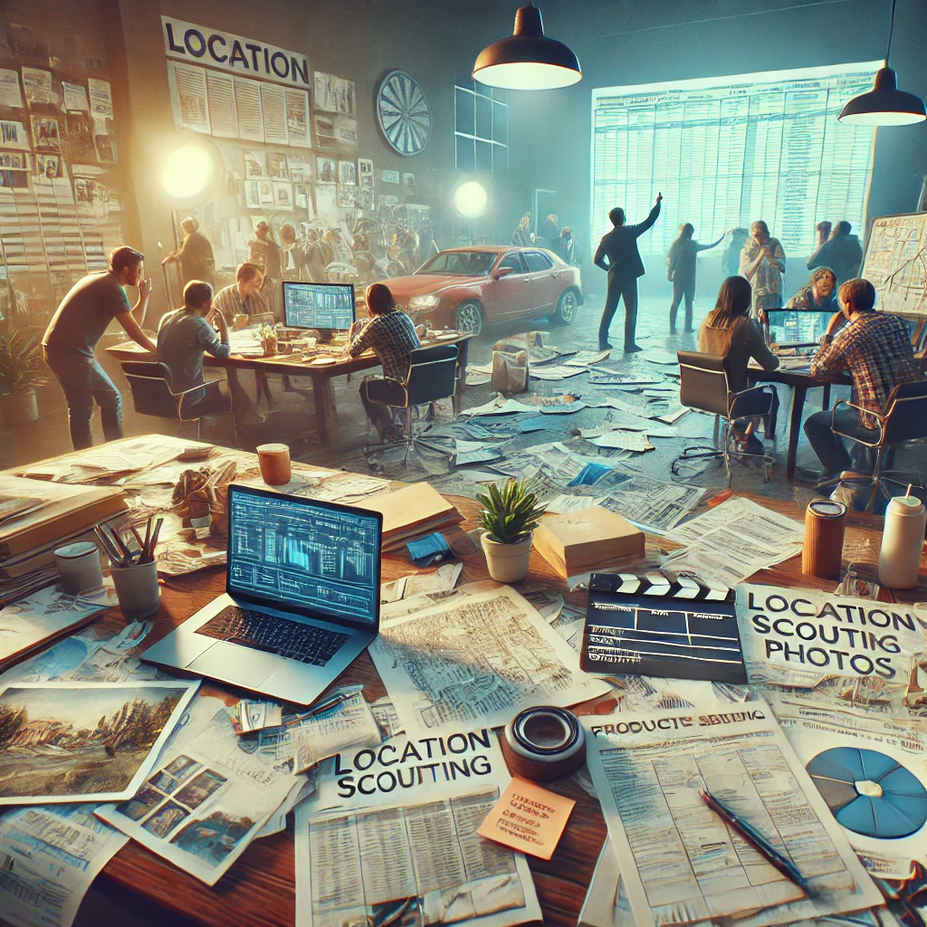

In the world of production, whether for film, advertising, or digital content, strategy is everything. The difference between a smooth, well-executed project and a logistical nightmare often comes down to planning, adaptability, and the ability to balance creativity with efficiency.
A well-designed production strategy doesn’t just mitigate risks or streamline workflows—it creates the space for creativity to thrive. Without structure, chaos takes over. Without flexibility, creativity suffocates. The challenge is to find the perfect balance between control and adaptability.

Every production starts as an idea, a vision that must be translated into something tangible. But before a single frame is shot, the complexities begin.
Imagine a feature film in pre-production: Locations need scouting, actors need contracts, set designers must interpret the vision, legal teams negotiate permits, unions impose requirements, and everything—absolutely everything—must be balanced against a finite budget and an immovable deadline.
"A production that starts without a plan is already behind schedule."
At the heart of every production lies an invisible structure, a framework that holds the entire thing together. This structure is what allows creatives to work without getting lost in the chaos.

The actual shoot is where planning meets reality. Production is often romanticized—the magic of cameras rolling, directors calling "Action!"—but in practice, it is a battlefield of logistics. Every second on set costs money. Every delay snowballs into larger problems.
This is where a strong production strategy saves time, money, and sanity.
A well-run production is invisible in its efficiency—decisions are made in advance, contingencies are planned for, and workflows are tested before they ever face the pressure of a real-world environment.
If production is about control, post-production is about discovery. Here, raw material is transformed into the final product, and the strategic decisions made earlier either pay off spectacularly or expose weaknesses.
Every second of footage is examined, every cut is scrutinized. Editing is not just assembling pieces in the correct order—it’s about pacing, emotion, and storytelling.

Production strategy is not about filling out spreadsheets or following rigid processes. It is an art form—an orchestration of creativity, logistics, and business objectives that ensures great ideas can be realized without compromise.
Producing anything—whether a short commercial or a full-length film—is like conducting an orchestra. If every section plays at the right time, in sync, the result is seamless. But if one element falls out of place, the entire piece can fall into chaos.
Mastering production strategy isn’t about controlling creativity. It’s about making creativity possible.